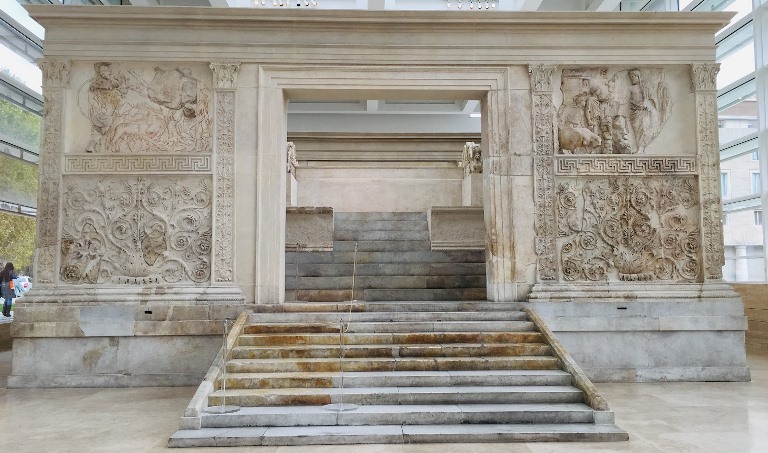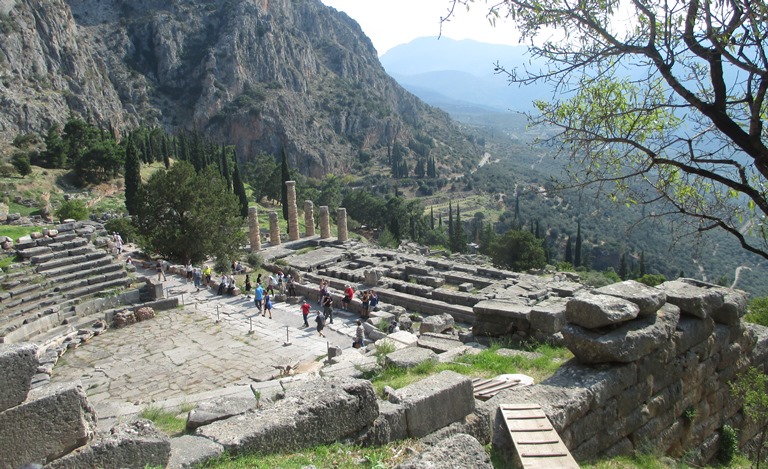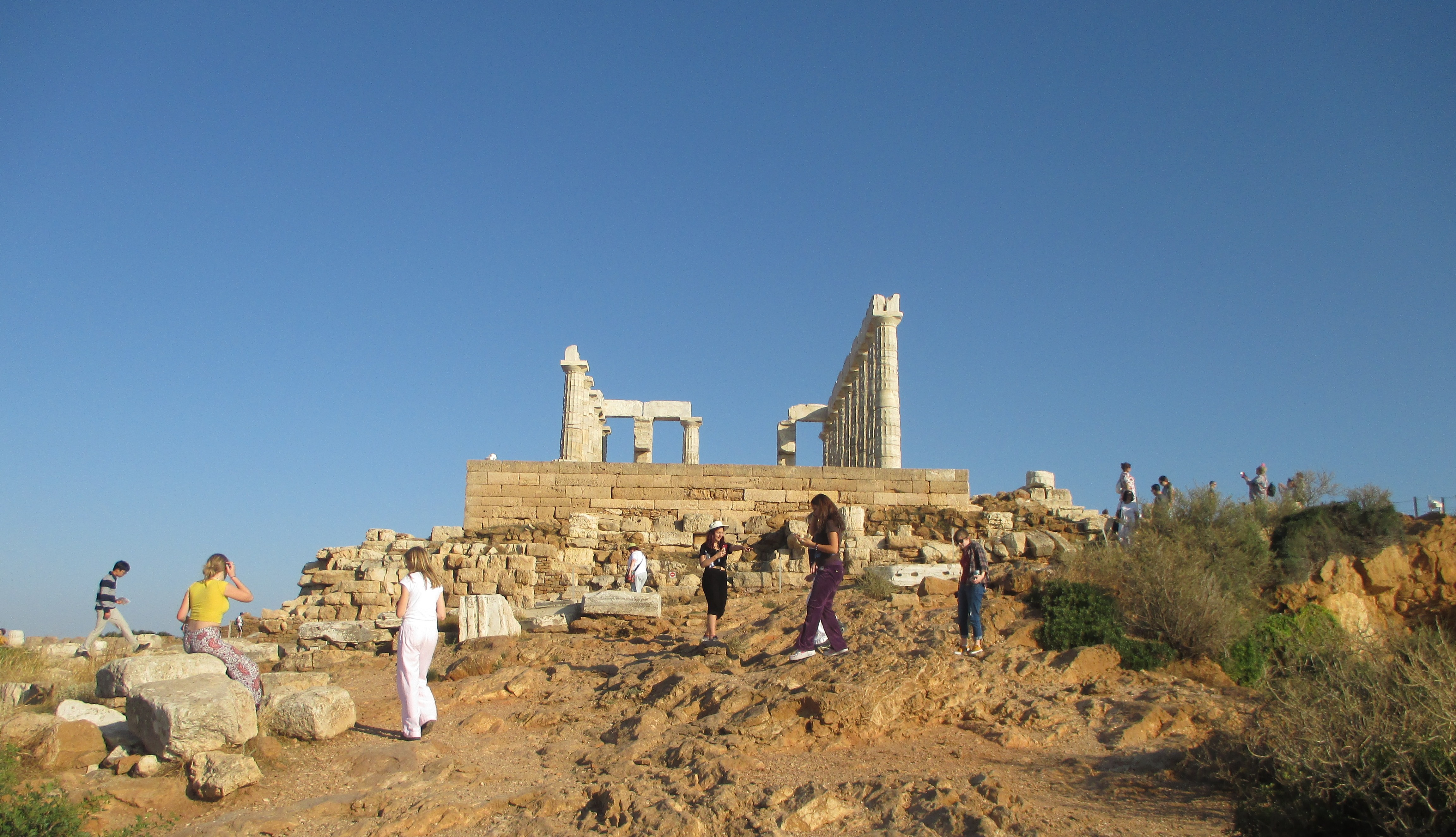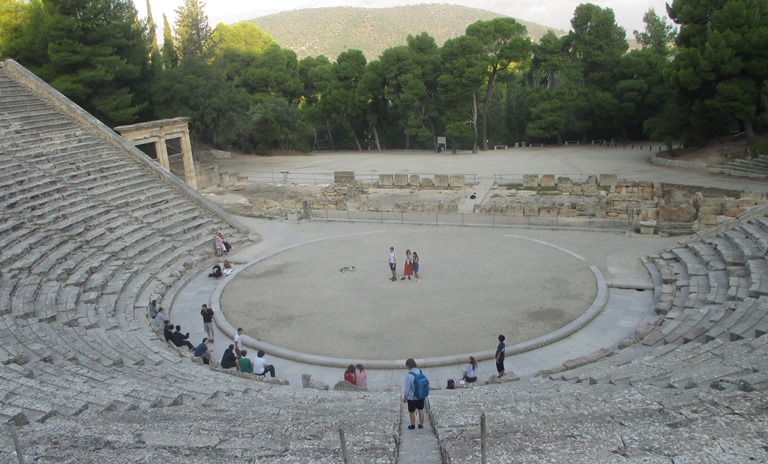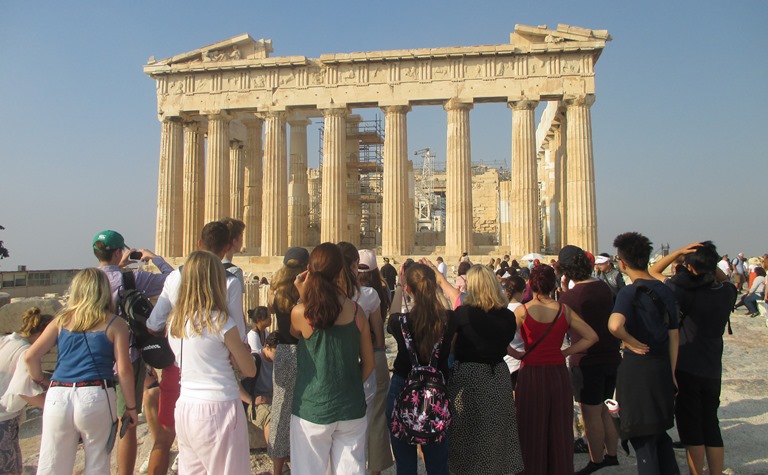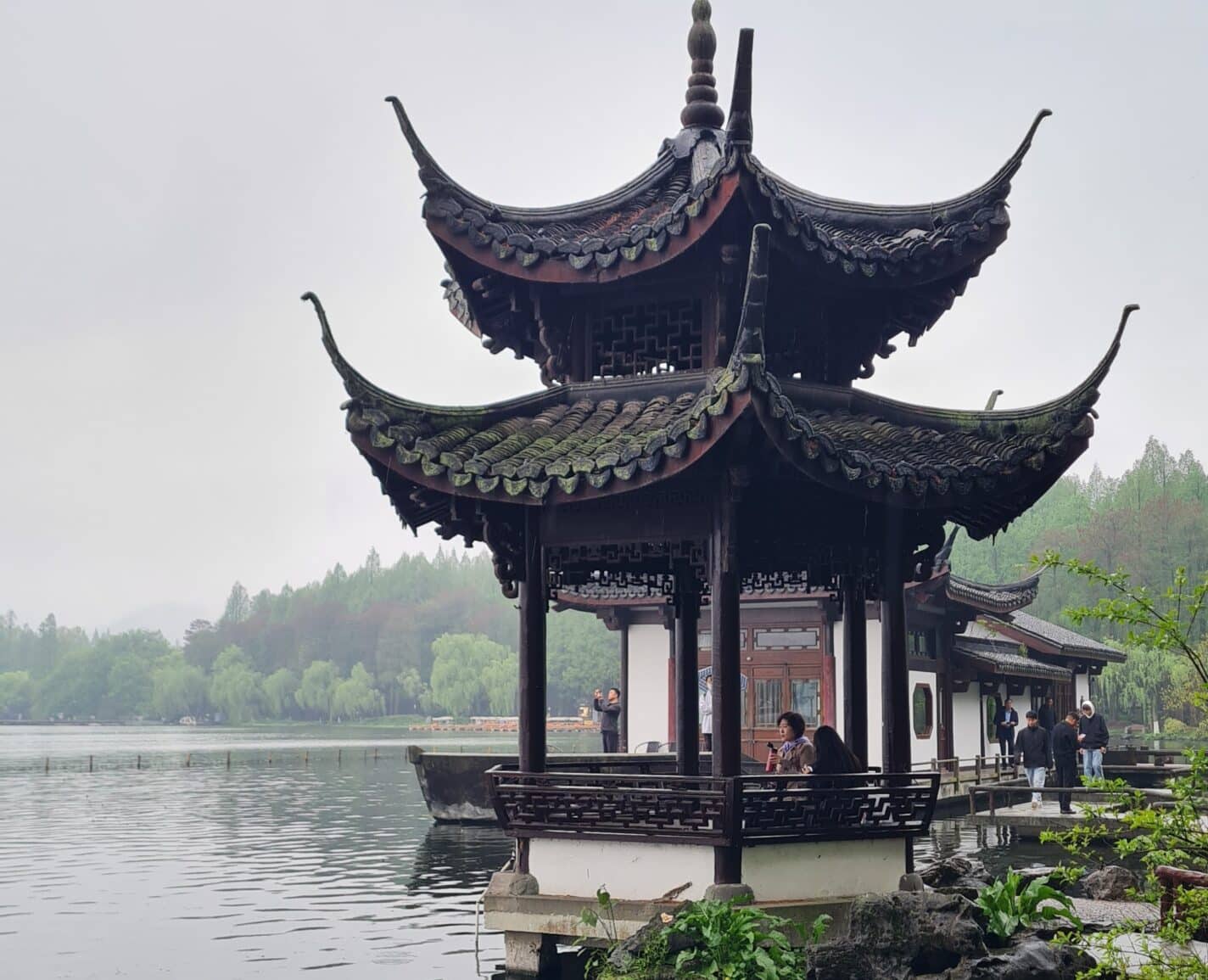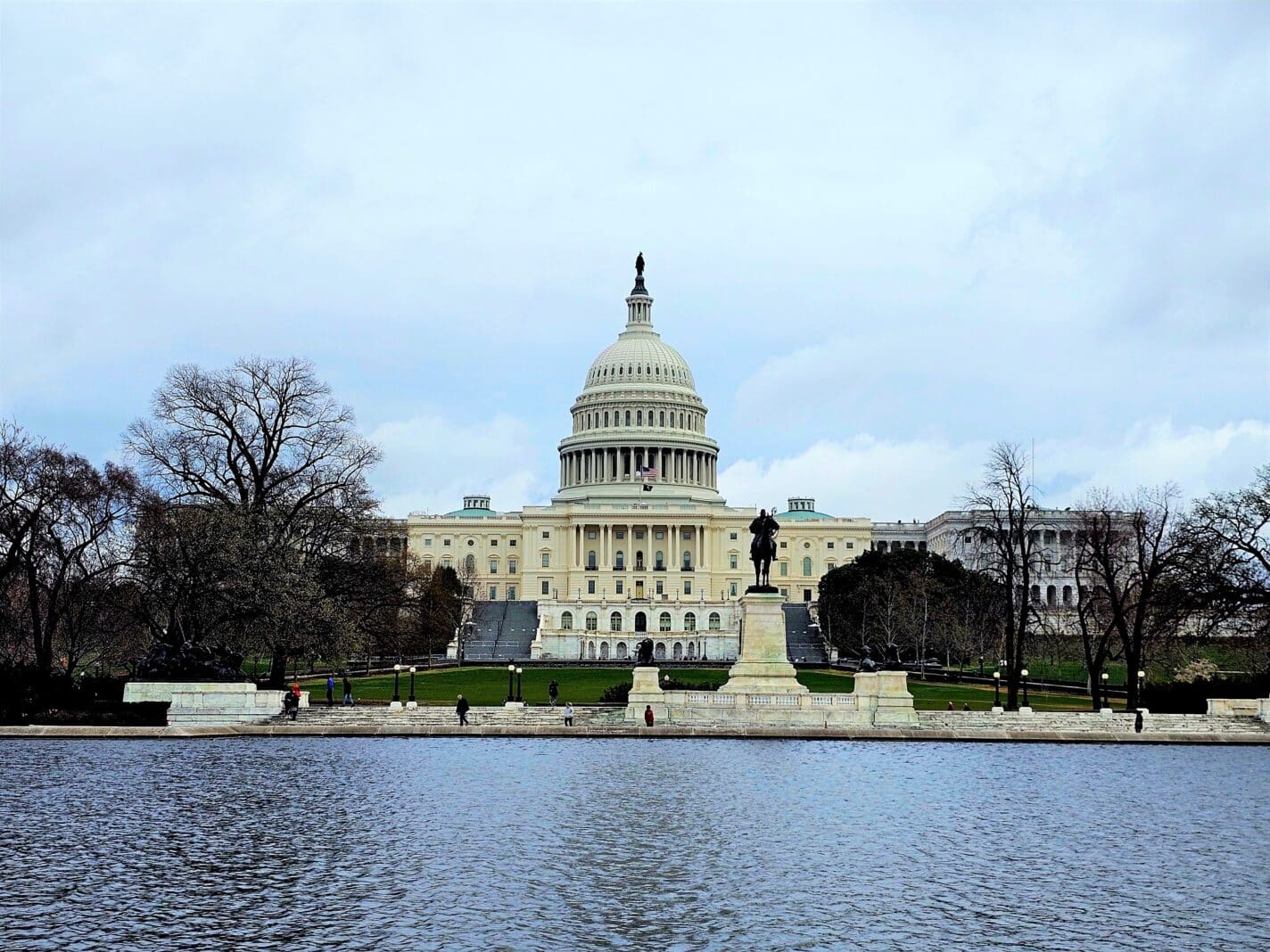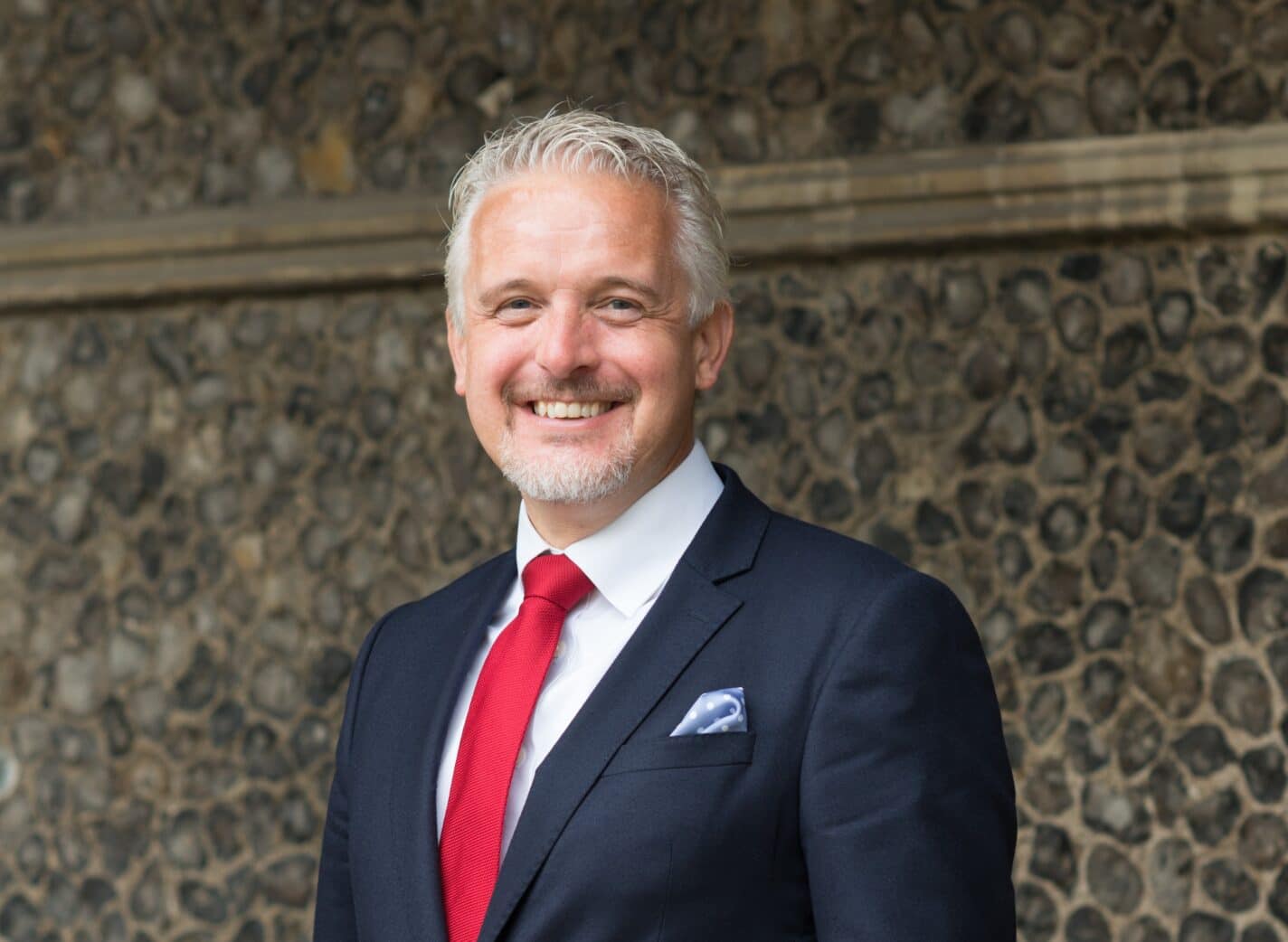Pupils in the Classics department spent Half Term touring the sights of Rome and Naples. The first full day set the pace for a busy week, beginning at the Mausoleum of Augustus and the Ara Pacis, a symbol of peace and prosperity at the beginning of the empire, followed by a few Caravaggios in local churches on the way to the Pantheon. Next to the Stadium of Domitian, hidden underground, and then on to the Fountain of Four Rivers, a walk past the site of Caesar’s brutal assassination in 44 BC, the Largo di Torre Argentina, past the Fountain of the Tortoises, and through the Jewish Quarter to the Theatre of Marcellus, stopping for some delicious ice cream on the way. We then strolled past the Temple of Portunus and the Temple of Hercules Victrix on the way to the Circus Maximus, which was staggering in its scale, able to seat 250,000 spectators in its prime.
The next morning, having stopped off at one church with incredible gold tiling, and another with a sculpture by Michelangelo, we arrived at the Colosseum and walked around the amphitheatre, peering down into the underground passageways to see where the wild animals would have been kept. Next we headed up onto the Palatine hill, looking at the Baths of Septimius Severus and Domitian’s hippodrome on the way to the Domus Augustae, Augustus’ magnificent palace overlooking the Circus Maximus, and also saw some of Nero’s vast palace which stretched across three of Rome’s seven hills. We then saw Augustus’ house, a more simple building fitting for his humble image, with Livia’s house also nearby. We then walked past the Lupercal, the cave where Romulus and Remus were said to have been suckled by a she-wolf, before heading past Tiberius’ palace with a breath-taking view over the Forum. Heading down, we passed the cryptoporticus, said to be the sight of Caligula’s murder. We then walked past the Arch of Titus into the forum, erected by the emperor Domitian to commemorate the victories of his father Vespasian and brother Titus in the Judaean War. In the forum, it is impossible to truly appreciate all the buildings, but by looking at just a few, such as the Rostra, the Curia, the House of the Vestal Virgins and several temples, we were able to imagine what life might have been like in ancient Rome.
At Domus Romanae we viewed the ruins of once lavish villas and baths. The Baths of Caracalla were the next site, a bit further out, as by the 3rd century the centre of Rome was already full of buildings. The scale was immense, with the baths having been used by up to 8000 people a day. To finish the day, we went to the top of Il Vittoriano, giving us an astounding view over the entire city. Finally, we stopped at the Trevi Fountain, thronged with tourists, and took selfies – as you do.
On Thursday, we headed out of the city, stopping at the Catacombs of Saint Sebastian on the Appian Way to see how the Romans buried their dead, and also to see the site of secret Christian worship. These catacombs would have contained over 65,000 bodies and at one time apparently held the remains of St Peter and St Paul, as well as being the home of St Sebastian’s relics.
Then we headed to the Bay of Naples, eventually arriving at Herculaneum. Looking over the remains of this town, once a luxury seaside resort, was amazing, as it was like a time capsule. We could see not just the grand monuments, but also the houses where ordinary people lived, and other day-to-day buildings such as the thermopolia, Roman fast food shops. The highlight had to be the boathouses, because the shock of seeing the skeletons, screaming in agony and gasping for air, frozen in their deaths, made the burial site real, and clearly showed the immense suffering and the scale of the disaster that occurred in 79 AD. We ended the day in Sorrento, wandering around the serene streets.
At Capri, we arrived at the port, and braced ourselves for the day ahead. Unlike most tourists, we weren’t there for the shops or expensive hotels. We were there to climb to the top of one side of the island to Villa Jovis, Emperor Tiberius’ great palace where he spent much of his reign. At the palace we first saw the cliff where Tiberius pushed off people who had disobeyed him. Although, perhaps this was a bit of ancient fake news, as he wasn’t much liked by the Roman historians. We made our own way around the ruins, and upon seeing the unparalleled view all across the Bay of Naples, I understood why Tiberius wanted to live there. Another hike, and another place of natural beauty was up next – the Arco Naturale, a natural arch 18 metres above the ground which perfectly framed a view across the crystal clear sea.
At the most famous town in the Roman world, Pompeii, we saw the plaster cast models of the fallen citizens, a visual recreation of the fate that befell the inhabitants of this once-thriving centre of commerce with its villas of mosaics, a forum and basilica, and much more. Wherever you are in Pompeii, you can see Mount Vesuvius, and as we wound up the side of the mountain, it was clear how the eruption could have been so devastating.
On our last day we went to the Naples Archaeological Museum. Seeing the enormous statues which had once stood in the Baths of Caracalla and the many statues and features from Pompeii, such as the exquisite Alexander the Great mosaic, offered a sliver of understanding of the impressive artwork that once adorned the villas of the rich and powerful. The room of mosaics was incredible, as were the many black figurines from the Villa of the Papyri.
This visit led onto a delicious final lunch in Naples before we travelled to the airport, bursting with new knowledge, but ready to return home after an action-packed week of discovery.
Polly Brown (K)


